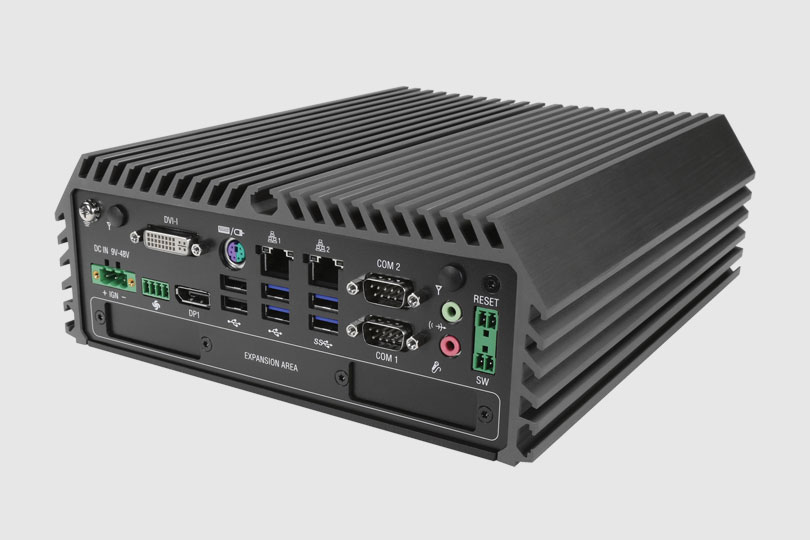Southwest Microwave’s INTREPID MicroPoint fence detection system features a leading-edge detection technology unlike any in the industry. Our Sensitivity Leveling™ technology accounts for variations in fence fabric or tension to provide uniform detection sensitivity along a fence line.
How is this accomplished?
MicroPoint sensor cables are divided into cells via system software. There are typically 200 cells per 200 m (656 ft) cable. To initiate detection, the MicroPoint processor sends a pulse down the cable using the principles of Time Domain Reflectometry (TDR). The pulse is reflected back by a disturbance to the fence, providing location of the event along the length of cable.
After installation of the MicroPoint sensor cable, a calibration walk is performed to optimize detection sensitivity within each 1.1 meter (3.6 ft) cell by accounting for variations in fence fabric or tension. A sensitivity profile is then generated across all cells and the alarm threshold is set.
When a target makes contact with the fence, the received signal is sampled to create a signature which describes the reflected pulse. Digital Signal Processing (DSP) measures the location and shape of this pulse.
The microprocessor can differentiate the shape of a response from a Point Impact (cut-or-climb attempt) vs. a response caused by a Distributed Disturbance (rain, wind, vehicle traffic). If the target is recognized as a Point Impact and exceeds the threshold, an alarm is declared and its precise location identified.
Why does this unique detection capability matter?
With its ability to precisely locate a disturbance, MicroPoint minimizes nuisance and false alarm rates. This helps to reduce operational costs and efficiency.
Watch this video explaining the calibration process.
Learn more about INTREPID MicroPoint.
Complete a site estimation form to begin your project.



